HP Spectre x360 14 Vs. Dell XPS 13: 2-in-1 Laptops Face Off
Two top PC contenders fight it out for the mid-tier convertible belt, with HP scoring performance points and Dell making huge gains in the appearance department.
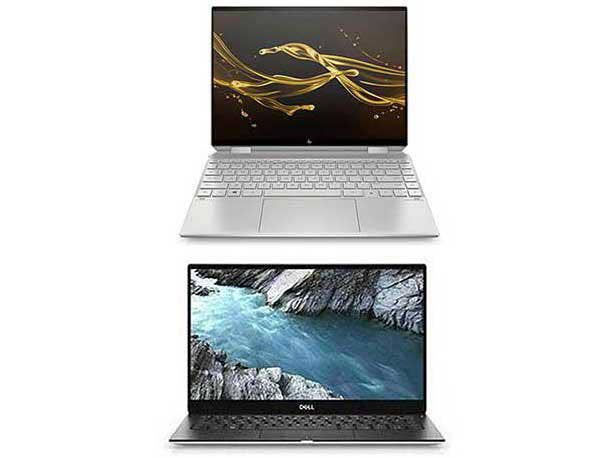
The two-in-one laptop was meant to give users the comfort of a tablet mixed with the productivity features of a standard laptop has become a staple for PC makers. Two titans in the PC world, HP Inc. and Dell Technologies are fiercely competitive when it comes to creating these popular laptops. The two companies trade blows throughout their respective lineups, but it sure is fun to examine basically evenly matched machines from two industry standouts.
The pandemic only amplified the desire for a work machine that was comfortable enough to take around the house and scribble on for tablet time. According to Market Research Future, the global two-in-one market is expected to skyrocket to $21.9 billion by 2030 with an annual growth rate of an astonishing 21.6 percent expected for the forecast period of 2020-2030.
CRN serves as referee for a bout between the jack-of-all-trades HP Spectre x360 and the Dell XPS 13, the solidly built contender from Round Rock, Texas.

Dimensions:
Previous versions of the Dell XPS 2-in-1s had a reputation for being bland and on the heavy side but solidly built. The company has traded part of that reputation, crafting a sleek machine to replace previous models. The XPS comes in at .62 x 11.9 x 7.8 inches at 2.7 pounds. The HP Spectre x360 is pretty evenly matched, while delivering an inch more screen space with total dimensions of .67 x 11.75 x 8.7 with a weight of 2.95 pounds.
We call this round a draw.
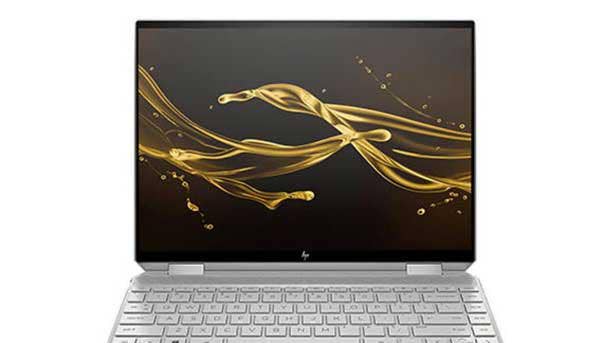
Display:
Both computers offer top tier displays. The HP Spectre x360 gives a screen-to-body ratio of 90.33 percent, 3K2K OLED display with a large 14-inch 3:2 aspect ratio screen. While HP delivers on the OLED front, Dell decided to stick with the LCD screen with the XPS, which gives a resolution of 1920 x 1080 pixels, 60 Hz refresh rate. Both displays are touch screens.
Both screens are beautiful, but we give the edge here to HP with its OLED screen. OLED offers advances over the older LCD technology that just can’t be overlooked. It’s brighter and sharper with smooth streaming capabilities and depth of color and blacks that are unmatched.
HP wins this round handily.
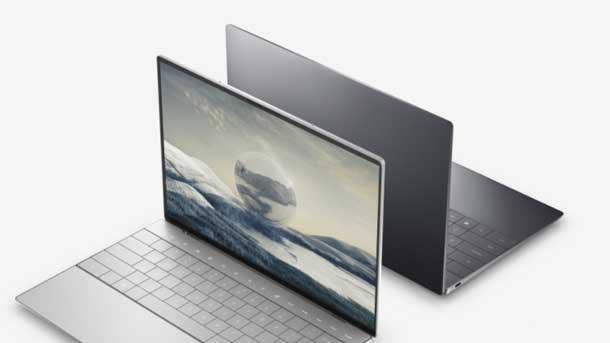
Ports and Memory Slots:
Both machines offer lots of port options. The XPS gives you 2 Thunderbolt 4 ports with Power Delivery/Display port, one USB 3.2 Gen 2 Type C port, and one headset port. The XPS also has one MicroSD card slot and one wedge-shaped lock slot. The HP offers two Thunderbolt 4 ports, two USB4 Type-C ports, and an SD card reader.
Looks like HP landed that extra jab to win this round with the extra USB port.
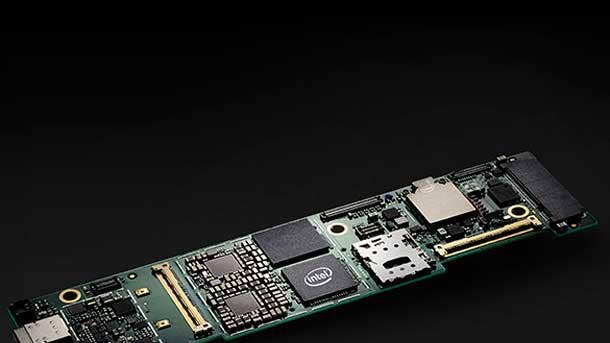
Performance Specs:
The HP Spectre x360 is Intel Evo certified, meaning it meets minimum standards for Intel’s top tier rating. The base model houses an Intel Core i5_1135G7 with 8GB RAM and 256GB of storage. The model is upgradeable to a Core i7 with 2 TB of storage and 32GB of RAM. Dell’s specs are nothing to sneeze at with an 11th Gen Intel Core i5-1135G7, 8GB of LPDDR4 RAM, and a 256 GB SSD storage drive.
HP again gains the edge here with its Intel Evo system.
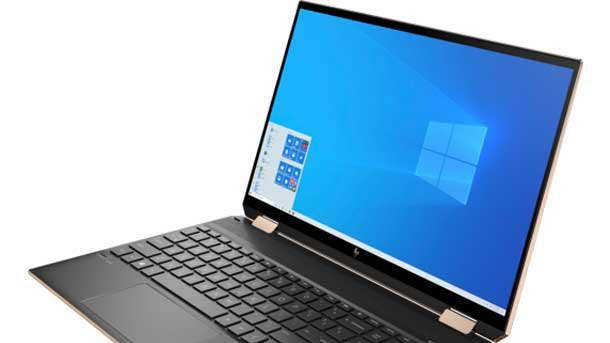
Pricing and Winner:
Dell’s XPS 13 is priced at $849. HP Spectre x360 pricing starts at $1,149.99.
These are two gorgeous 2-in-1 options from two top fighters in the PC market. But we score the bout for HP Spectre. It just wins in every measurable category except price, and the couple hundred extra bucks is definitely worth it for the better display, better specs, and overall better options. We give Dell lots of extra points for making a beautiful, sleek machine at a great price.